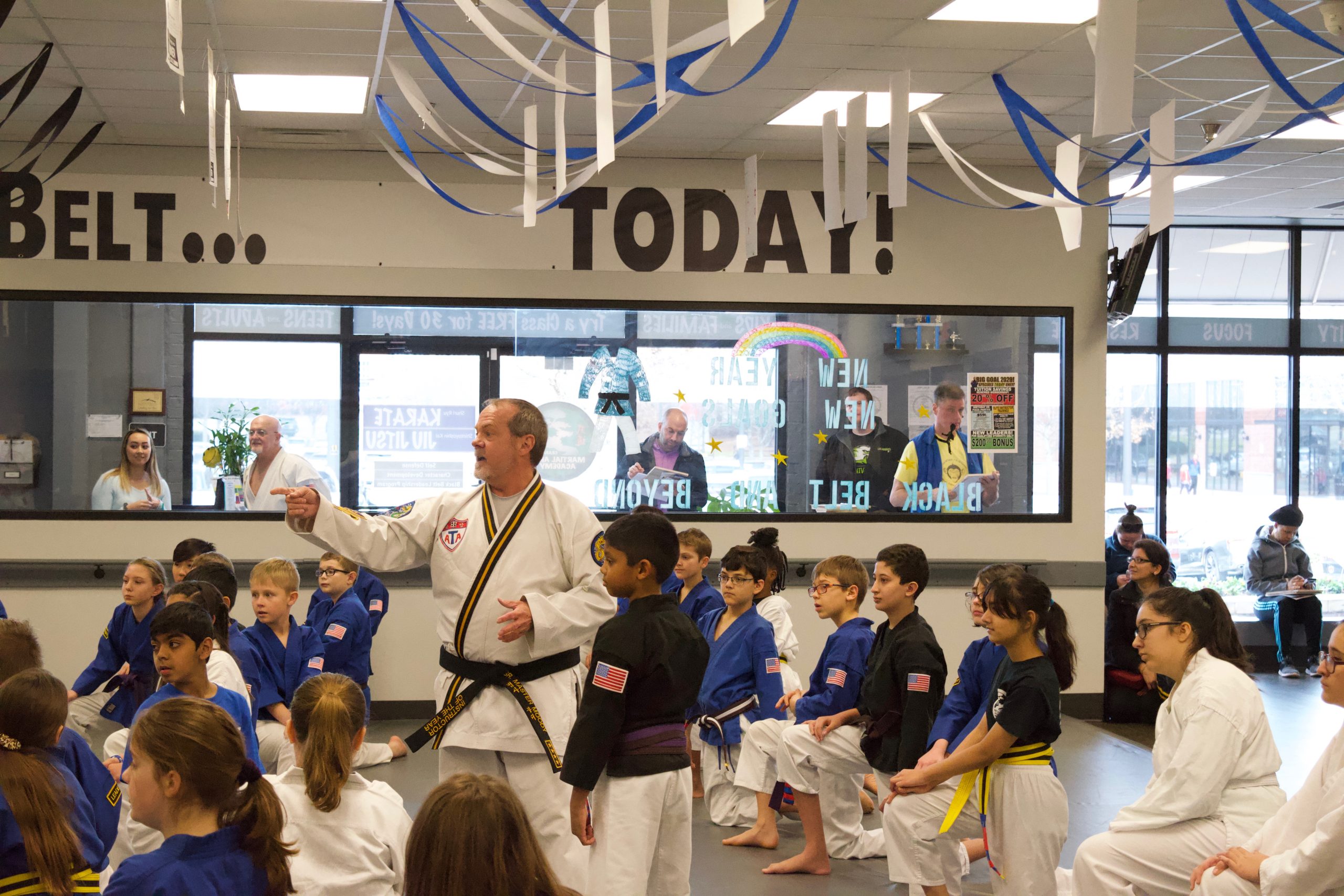

Bullying…Why it’s not what you think
Bullying vs. Conflict vs. Violence
- Violence: One definition (without getting into legal rules) is when you are in fear of serious injury or death. In other words, this would be a decision point where either escape, self-defense, getting help (in the child’s case, the school authorities), or police, etc. would be appropriate.
- Conflict: This can range from verbal arguing to physical (without serious injury, as kids can do on the playground). It’s between peers, and there is no imbalance of power and often no intention to hurt the other person – simply literal conflict. I want what I want – you want what you want, so we are having an argument or push and shove about it. I wantthat toy, and you have it! Not bullying, even if one kid is bigger and they are fighting andshoving. The appropriate response to this is conflict resolution skills (not the topic for this article). The key point is it’s not bullying if there is no intention to hurt and there’s no imbalance of power.
- Bullying: Bullying occurs when three things are true:
- There is the intention to hurt (physically or psychologically)
- It’s often (not always) repeated over time
- There is an imbalance of power
These three things define bullying. We have to use a different strategy for bullying.
As you can see, if two people are in a violent situation, we can call the cops or intervene (or our student can certainly fight back. If they are in conflict, well, then they need to learn to communicate properly, or we need to help them resolve it – they can be friends later as there is lots of conflict happening all the time that’s not related at all to bullying.

Bullying Definition
To help you in your school – and be more of an expert than many educators – let’s detail a bit about the definition of bullying – Intention to hurt, Repeated, Imbalance of power – so you can understand it better.
Intention To Hurt
Like violence, but unlike many forms of conflict, bullying always includes an intention to hurt. Remember, conflict can just be you and I arguing. Maybe vigorously arguing, but we just had a different opinion (think a Republican and Democrat during an election). Bullying would mean that one person had an intention to hurt the other person.
Repeated Over Time (usually)
Bullying can be a one-time event if it’s severe, but often behaviors are small, subtle things that are done every day or multiple times a day, and these can add up to severe abuse. For example, a child who is repeatedly excluded at lunchtime and forced to sit alone. Or one who hears “I’m gonna kill you” whispered to them every day before third period starts. If we don’t include this criterion of repetition in the definition, then some of these behaviors seem minor and may not get the attention they deserve. In these repeated cases, the adults supervising them may not recognize the bullying right away, and in truth, it genuinely may not be severe enough to merit immediate action. On the other hand, if a child is struck or pushed, action needs to be taken right away.
Imbalance Of Power
The Good News… A Preview
About Greg Moody:
Dr. Greg Moody, Chief Master Instructor and 8th Degree Black Belt is an expert at a wide range of martial arts business, marketing, and sales in and out of the martial arts industry. He started as an aerospace engineer (he’s literally a rocket scientist) with NASA to, founding multiple small to large businesses, and now has worked with hundreds of various businesses to get them way past where they ever imagined they could.
He has a bachelor’s degree in engineering from Arizona State University, a Master’s degree in Psychology, and a Ph.D.. He’s written multiple books, including “The Life Skills of Leaders,” “Stories of the Black Belts,” “The Business of Becoming an Author,” among others and the upcoming “Bullying: Truths, Myths and What to Do!” – the definitive guide to bullying prevention.
He has helped businesses all over the world. Many schools have doubled their business success due to training with Dr. Moody. This is not just due to business advice but because of the complete attention to all aspects of running a school that he offers. He feels everything done in a school must be with extreme client service and a benefit to the students first. All of the other parts of the business will come out of this.
His schools have been nationally recognized as the “Best in the Nation” eight years in a row. He’s been featured on local TV and newspapers in Phoenix, Arizona, national magazines (Parade Magazine, Yahoo Parenting, and more), and you can see him at his regular podcast atDrGregMoody.com.
Written by : Dr. Greg Moody
